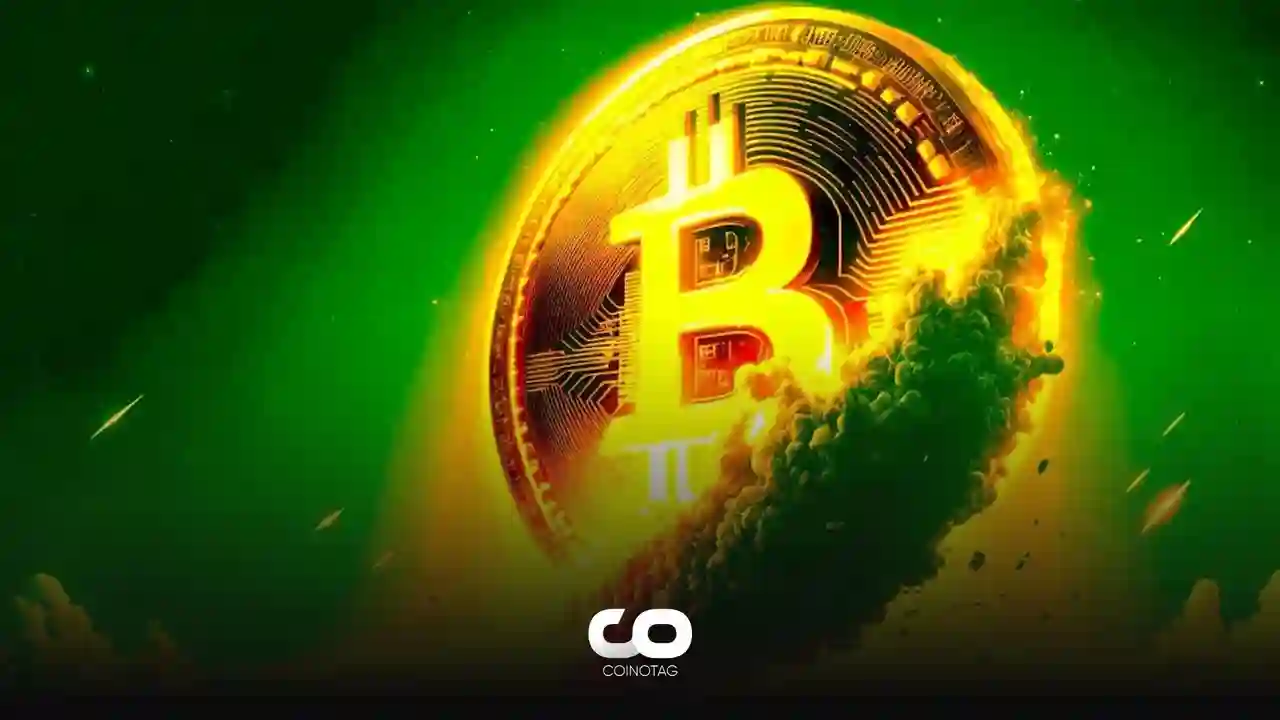Are Expectations of $100 Billion Capital Inflow for Spot Bitcoin ETFs Realistic?
BTC
BTC/USDT
$16,249,480,195.90
$93,388.00 / $90,863.47
Change: $2,524.53 (2.78%)
+0.0037%
Longs pay
Contents
- Investing in ETFs is not a shortcut to becoming rich; like most financial ventures, it’s a game that requires patience.
- Mathematician Fred Krueger reflects on the possible effects of a large influx optimistically, while Seyffart’s skepticism pushes back.
- Seyffart’s perspective, highlighting the slow capital accumulation in Gold ETFs, offers a more measured view.
Are the predictions of massive capital inflow for spot Bitcoin ETFs in the U.S. realistic or just a fantasy? Seyffart evaluates!
Capital Inflows for Spot Bitcoin ETFs

Investing in ETFs is not a shortcut to becoming rich; like most financial ventures, it’s a game that requires patience. The current excitement for a potential launch of a Bitcoin Exchange Traded Fund (ETF) is causing enormous expectations in the market – an anticipation of a $100 billion increase in the market.
However, Bloomberg’s leading ETF analyst James Seyffart brings a dose of realism against Fred Krueger’s reaction to a potential $100 billion entry into Bitcoin. Seyffart does not believe in such exaggerated predictions, suggesting that reaching such large figures could take years and offering a pragmatic view to temper the excitement. Let’s examine the reality check by analysts on ETF excitement.
Mathematician Fred Krueger reflects on the possible effects of a large influx optimistically, while Seyffart’s skepticism pushes back. After drawing parallels between the effects of a $10 billion entry in Bitcoin in 2021 and the all-time high, Krueger wonders what a $100 billion entry could achieve. However, Seyffart’s realistic perspective compares Bitcoin’s long-term success with Gold ETFs in the U.S.
Seyffart’s perspective, highlighting the slow capital accumulation in Gold ETFs, offers a more measured view. He positions Bitcoin reaching a $100 billion entry as a possible anomaly and signals a significant deviation from past capital entry models.
Dave Weisberger’s Warnings
In response to Seyffart’s caution, CoinRoutes CEO Dave Weisberger emphasizes two different perspectives regarding Bitcoin accessibility and trading conditions for retail investors and institutions. Currently, buying Bitcoin for regular retail investors often means paying high fees, usually 1-2% or more, especially on mobile applications.
However, the excitement for a Bitcoin Exchange Traded Fund (ETF) is significant, promising commission-free transactions and much lower fees than the 90-95% seen on crypto exchanges. This means an ETF could offer retail investors a more cost-effective and efficient way to invest in Bitcoin. Secondly, he explains that ETFs are more institutionally adopted than gold or other risky assets. Investment firms and financial advisors rarely engage in direct Bitcoin trading. However, an ETF can facilitate Bitcoin trading without regulatory concerns.
Weisberger notes that there is a lot of talk about Bitcoin, but the excitement does not necessarily translate into action, especially among regular investors known as the ‘YOLO’ crowd. Despite all the glitter, Seyffart is right to suggest that a $100 billion injection might be too much amid all the ETF excitement, and the actual amount of buying and investing in Bitcoin may not be as significant as people claim. Therefore, in the midst of ETF excitement, there is still a lot of Fear, Uncertainty, and Doubt (FUD) about the outlook for Bitcoin next year.
Lucien Renard
Comments
Yorumlar
Other Articles
Bitcoin Surges to $93,888: How Venezuela-US Tensions Triggered a Crypto Rally
January 5, 2026 at 07:04 AM UTC
Tether Adds Nearly 9,000 Bitcoin to Reserves in Q4 2025, Reaching 96,185 BTC
January 1, 2026 at 03:25 PM UTC
Bitcoin’s Potential 2026 Rebound Debated Amid Bottoming Signals
January 1, 2026 at 12:16 PM UTC
